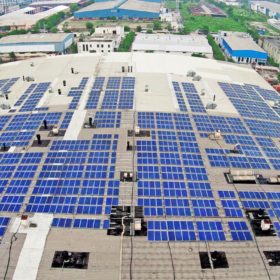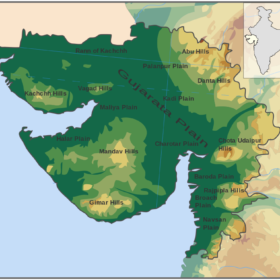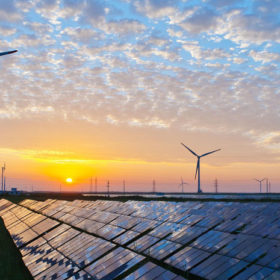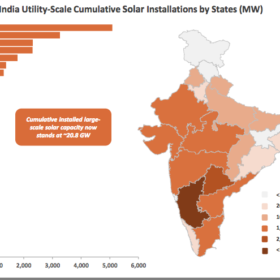‘SECI’s 10 GW solar tender will not attract big developers’
Big players such as Acme, ReNew, Adani, Azure, Hero Future and Aditya Birla Solar are likely to stay away from procurement which requires 3 GW annual manufacturing commitment, says industry insider Gopal Lal Somani.
Hitting 76% of its solar ambition would still be some achievement for India
Analysts are weighing into the debate over the MNRE’s big solar plans, but pointing out that even a partial victory would set the foundation for future solar triumphs.
Blockchain: Impediments to transformative disruption
The World Energy Council, in partnership with PwC, has interviewed 39 top level management energy leaders to find out if blockchain is driving an evolution or a revolution in the energy ecosystem.
SECI defers ‘world’s biggest’ solar auction until mid November
The bid submission deadline for the national 10 GW, inter-state PV project plus manufacturing tender is now November 12. According to officials, there are amendments to be made in the tender requirements, for which it is awaiting a ministerial mandate.
Uttar Pradesh auctions 500 MW of solar capacity at tariffs above Rs3
The lowest solar tariff, of Rs3.17 per unit, was quoted by the NTPC utility and Maheshwari Mining and Energy, for 140 MW and 20 MW of grid connected PV capacity, respectively.
Gujarat will soon tender 250 MW solar+storage capacity
Saurabhbhai Patel, Minister of Energy, Government of Gujarat, has announced that the state will soon issue a 250 MW grid-connected solar tender linked with storage. He also said that Gujarat will add more than 5 GW of new PV capacity in the next three years.
SECI extends 3 GW manufacturing-linked solar auction by two weeks
After a pre-bid meeting with solar power developers on September 6, India’s Solar Energy Corporation of India (SECI) is looking to amend the tender document, which it hopes to upload to its website in the coming days, following approval from the ministry, according to a SECI spokesperson.
India: Karnataka tops in renewables capacity, may double it in a decade
Owing to a rapid scaling up of solar capacity, Karnataka has overtaken Tamil Nadu to become India’s top state in terms of installed renewable energy capacity. The state installed 5 GW of new PV capacity in 2017-18 alone—according to a report by the US-based Institute for Energy Economics and Financial Analysis (IEEFA).
India invites 2.5 GW bids for ISTS-connected wind-solar hybrid projects
The projects are to be developed on a build-own-operate basis for an aggregate capacity of 2,500 MW. The eligible bid capacity is 200-500 MW, with a project capacity of at least 50 MW at one project site. The maximum tariff payable to each project developer is fixed at Rs 2.93/kWh for the entire term of 25 years.
The economic case for corporate solar PPAs in India now compelling
India saw 1.8 GW of corporate solar power purchase agreements in place by the end of 2017. There was a rush of installations for PV projects due to open access waivers. The market is expected to contract slightly this year as waivers are rolled back, but there will be sustained market growth through 2023.














